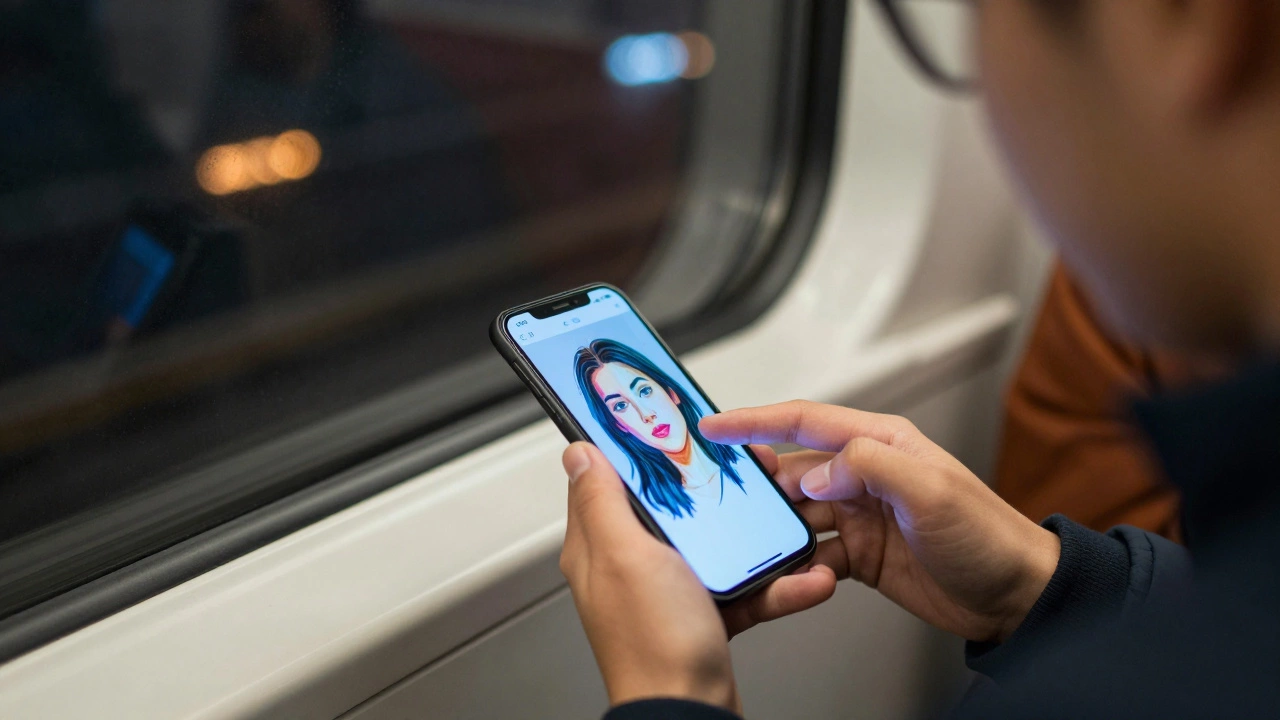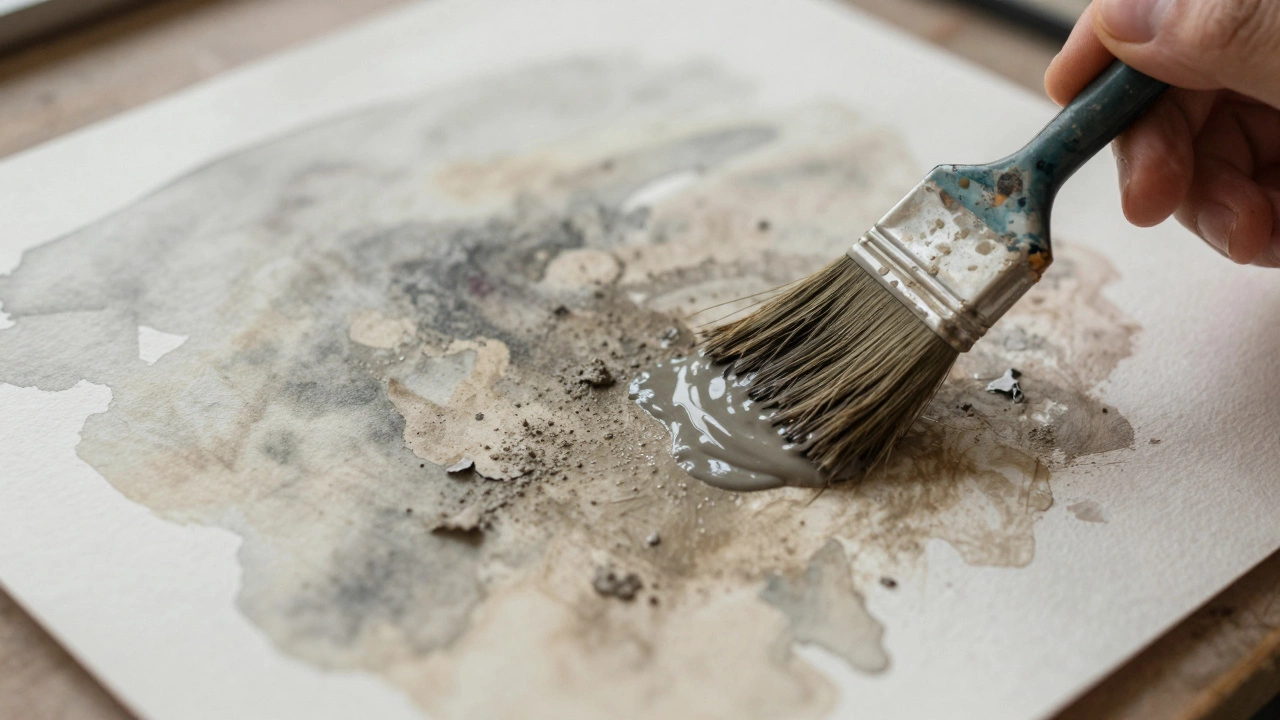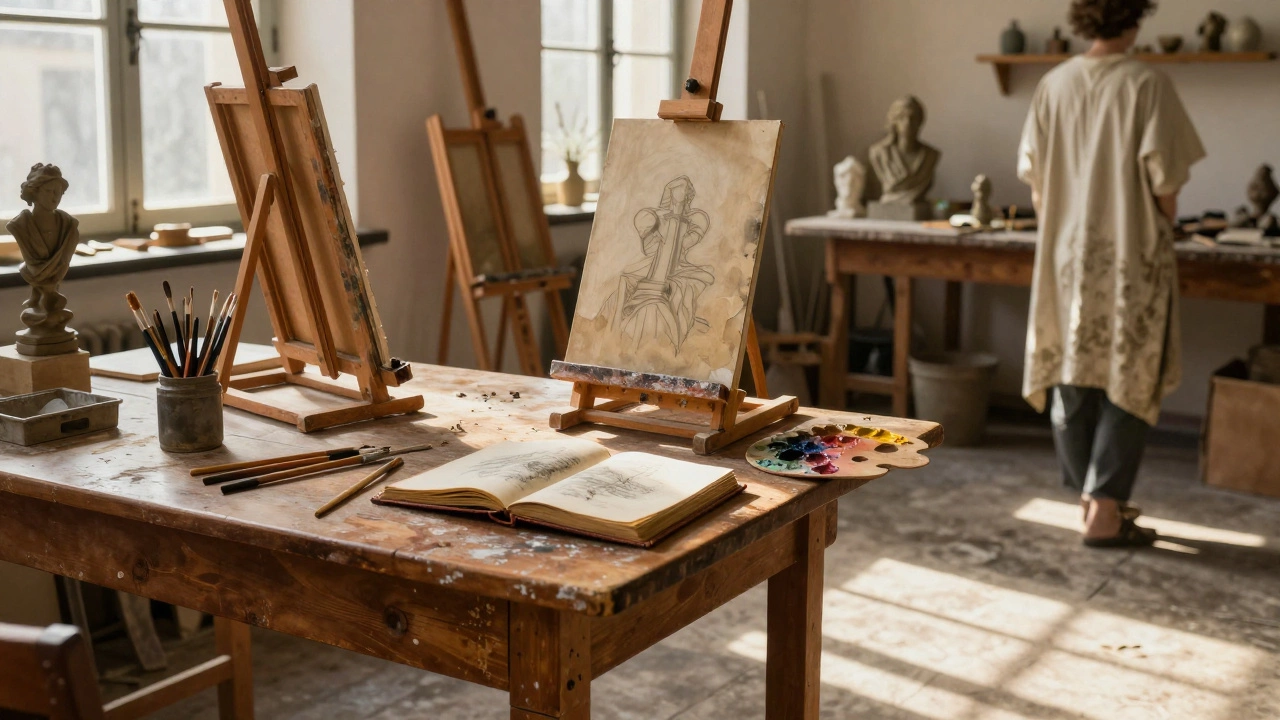Ever walked into a gallery and stared at a blank canvas, a pile of bricks, or a single brushstroke on a wall, wondering - why is this art? You’re not alone. Millions of people feel the same way. Modern art doesn’t just confuse people - it frustrates them. And that’s okay. But understanding why it triggers such strong reactions helps you see it differently, even if you still don’t like it.
It doesn’t look like "art" anymore
For centuries, art meant skill. A painting had to show a person, a landscape, a religious scene - rendered with precision. You could tell it was art because you could recognize what it was. Modern art broke that rule. Starting in the late 1800s, artists stopped trying to copy reality. They started expressing feelings, ideas, chaos, politics. And suddenly, art didn’t need to be beautiful. It didn’t need to be skillful. It just needed to mean something.That’s jarring. When your grandfather painted a portrait of your grandma, he spent months getting her eyes right. When an artist today hangs a rusted bicycle on a wall and calls it a sculpture, it feels like a trick. People think: "I could do that." And honestly? Maybe you could. But that’s not the point. The point is the idea behind it. Still, that’s hard to see when you’re used to art that looks like art.
It feels like a scam
Some of the most famous modern artworks sell for millions. A single drip painting by Jackson Pollock went for over $200 million. A toilet from Damien Hirst’s collection? Sold for $1.2 million. When you see that, it’s easy to think: "This is nonsense. Someone’s ripping people off."It’s not always a scam - but it sure feels like one. The art world has built a language of exclusivity. Curators, critics, and collectors use terms like "conceptual," "postmodern," and "deconstructivist" like secret codes. If you don’t speak the language, you feel shut out. And when you’re told, "You just don’t get it," it’s not encouraging - it’s condescending.
There’s truth here, though. Not every piece is genius. Some artists rely on shock value. Some galleries hype up empty spaces to sell expensive labels. That’s real. And it makes people angry. But the problem isn’t modern art itself. It’s the system around it - the hype, the prices, the elitism. That’s what turns people off, not the art.
You can’t "read" it like a story
We’re used to stories. A painting of a woman holding a child tells you about motherhood. A battlefield scene tells you about war. Modern art often doesn’t do that. A red square? A pile of shoes? A mirror reflecting the ceiling? There’s no narrative. No clear message.Our brains want meaning. We look for patterns. We want to know: "What am I supposed to feel?" When art doesn’t give you answers, it feels incomplete. It feels like a riddle with no solution. And that’s uncomfortable. We’re taught from childhood that art should move us, teach us, inspire us. Modern art doesn’t always do that - not in the way we expect.
But here’s the twist: maybe it’s not supposed to. Some modern art doesn’t tell you what to think. It asks you what you think. That’s harder. It’s not passive. It demands your mind. And that’s exhausting for people who just want to enjoy a picture.

It’s not always meant to be beautiful
Beauty used to be the goal. Modern art abandoned it. Artists started using garbage, blood, urine, broken glass, and rotting food. Yves Klein used blue paint to cover naked models. Chris Ofili used elephant dung in his paintings. These choices aren’t random. They’re statements. About the body. About religion. About consumerism. About death.But if you walk in expecting a pretty landscape, and you see a pile of cow manure arranged in a circle, your first reaction isn’t awe - it’s disgust. And that’s valid. Art doesn’t have to be pleasant to be powerful. But it’s not easy to accept. Most people don’t go to museums to be challenged. They go to be comforted. Modern art rarely offers comfort.
It’s disconnected from everyday life
Think about what you see every day. Your phone screen. Your coffee mug. Your kid’s drawing on the fridge. Those things are part of your life. They’re real. Modern art? It lives in white rooms with spotlights, behind velvet ropes, priced like luxury cars. It doesn’t live in your home. It doesn’t hang in your kitchen. It doesn’t make you smile when you’re tired.That distance matters. When art feels like something for rich people in cities, it stops feeling like something for you. You don’t see yourself in it. You don’t see your struggles, your joys, your routines. Abstract expressionism might reflect inner chaos - but if you’re working two jobs and raising kids, chaos looks like unpaid bills and sleepless nights, not a splash of paint.
That’s why street art sometimes feels more real than gallery art. Banksy’s pieces speak to inequality, surveillance, protest. They’re on walls people walk past every day. They’re free. They’re raw. They don’t need a price tag to matter.

It’s not taught the right way
Most schools teach art as technique. How to draw a face. How to mix colors. How to shade. They rarely teach how to think about art. When you’re never shown how to ask questions like: "What is the artist trying to challenge?" or "Why did they choose this material?" - you’re left with no tools to understand modern art.You’re not stupid if you don’t get it. You’re just untrained. Imagine being handed a violin and told to play a symphony without ever learning the notes. That’s what happens with modern art. We’re expected to feel something we’ve never been taught how to interpret.
There’s a difference between not understanding and not caring. Most people don’t hate modern art. They just don’t know how to meet it halfway.
It’s not for everyone - and that’s fine
You don’t have to like modern art. You don’t have to pretend you do. There’s no rule that says you must appreciate every piece in every museum. Art doesn’t have to be universal. Some people love classical music. Others hate it. Some love jazz. Others find it noise. It’s the same with art.What matters is that you’re allowed to feel what you feel. If a Rothko makes you feel nothing, that’s okay. If a Duchamp urinal makes you laugh, that’s okay too. The problem isn’t you. It’s the pressure to like it because it’s "important."
Modern art isn’t a test. It’s a conversation. And not every conversation is meant for every person. Some people find meaning in a Renaissance painting of the Virgin Mary. Others find it in a street mural of a protestor holding a flower. Both are valid. Neither needs to be the other.
The next time you see something you don’t understand, don’t walk away angry. Ask yourself: "What is this trying to make me notice?" Maybe it’s the emptiness of consumer culture. Maybe it’s the silence after trauma. Maybe it’s just the artist’s boredom. You don’t have to agree. But you might start seeing it as a question - not a failure.





